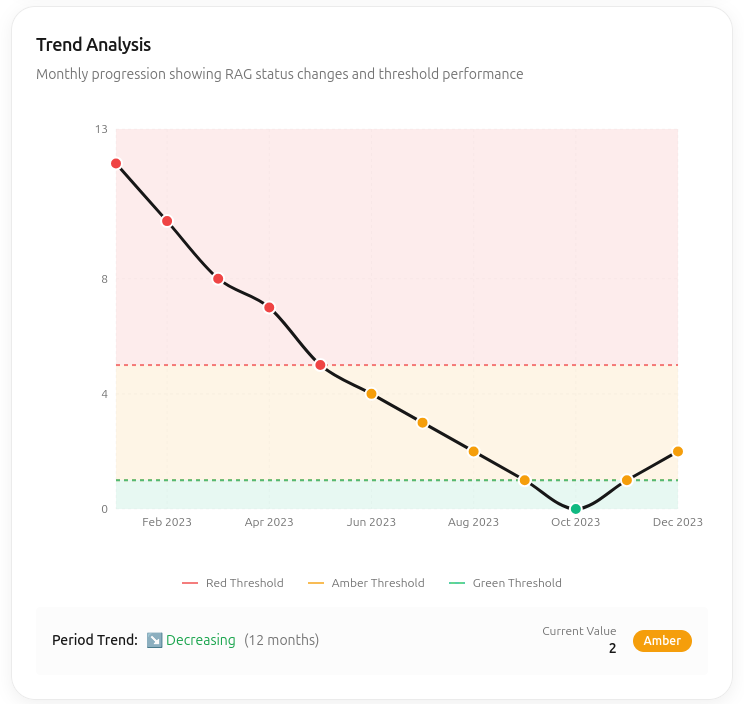WEEK 1-2
Risk metrics identification
01
Track Key Risk Indicators that align with your risk appetite and give early visibility into potential threats.
WEEK 2-3
Data source identification
02
We determine where the data to measure risk metrics resides and assess what is available and what is missing.
WEEK 2-6
Data collection
03
Eltravir connects to your internal systems to collect relevant datapoints securely within your environment.
WEEK 7
Data storage
04
Collected data is structured into a consistent internal database for transparent measurement and scalability.
WEEK 5-8
Dashboard integration
05
Your risk metrics are visualized in dashboards and accessible in natural language through AI.
WEEK 9-10
Reporting
06
Reports are generated from dashboards, with AI assistance for narrative context. Your team reviews and finalizes them for governance and management use.








